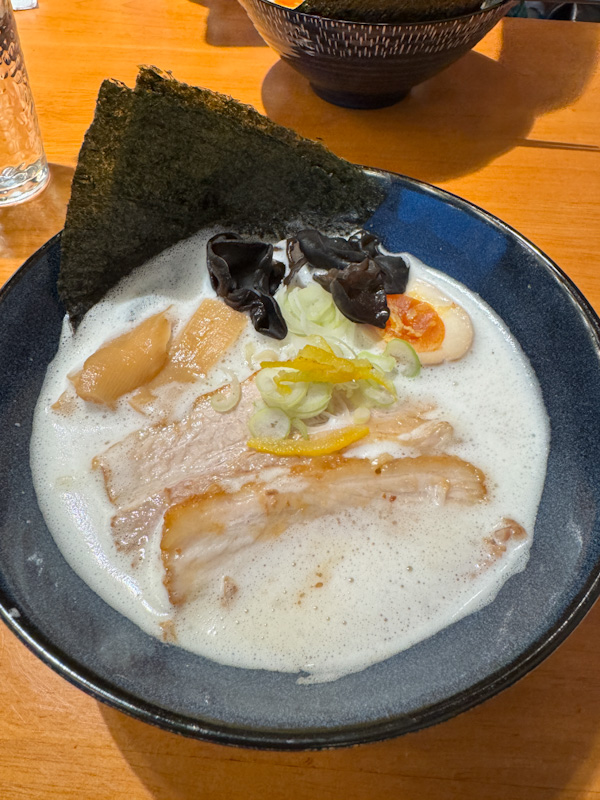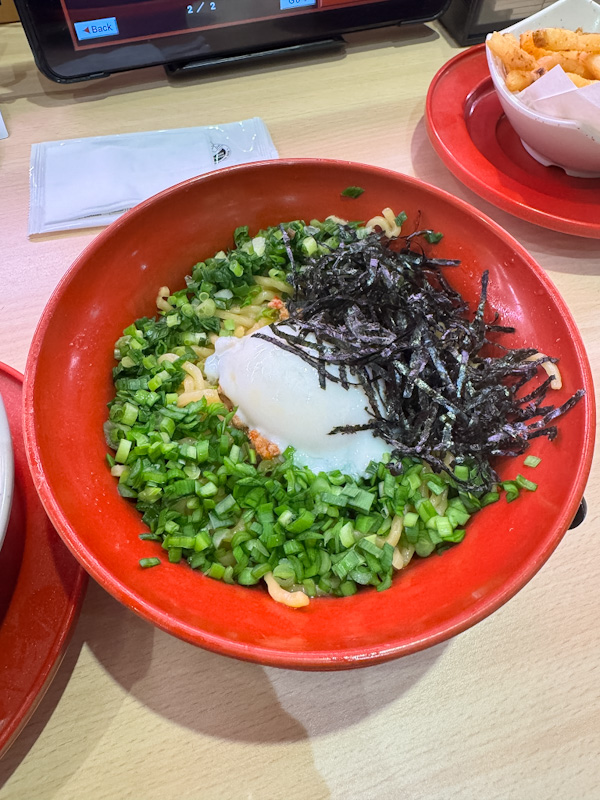Look, we get it—Ichiran has the booths, Afuri has the yuzu. But if that’s all you’re eating in Tokyo, you’re barely scratching the surface. The real magic’s hidden in back alleys, down quiet streets, or inside sleepy neighbourhoods where chefs obsess over soup like it’s a religion. This isn’t a list for people chasing Instagram likes. It’s for folks who want to eat what Tokyoites actually crave. No chains, no fluff—just 10 bowls that made me stop mid-slurp and go, “Wah, this one damn shiok.”
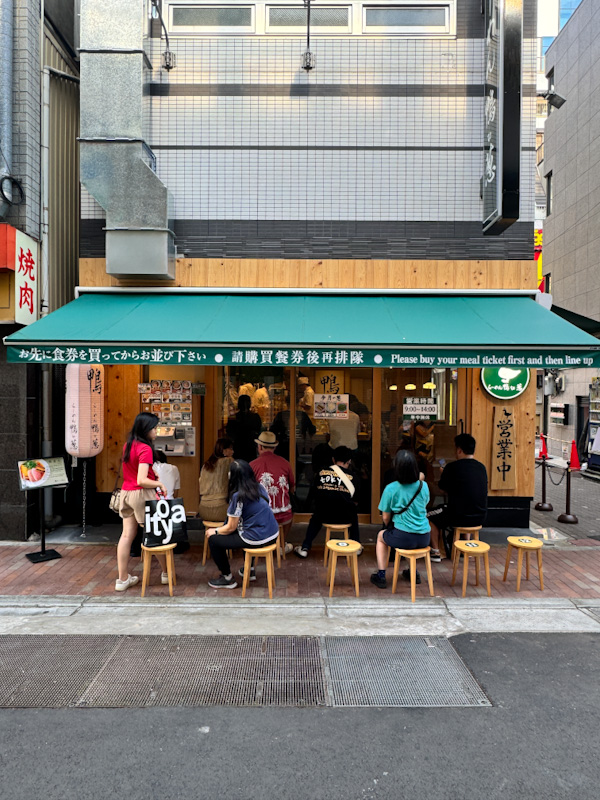
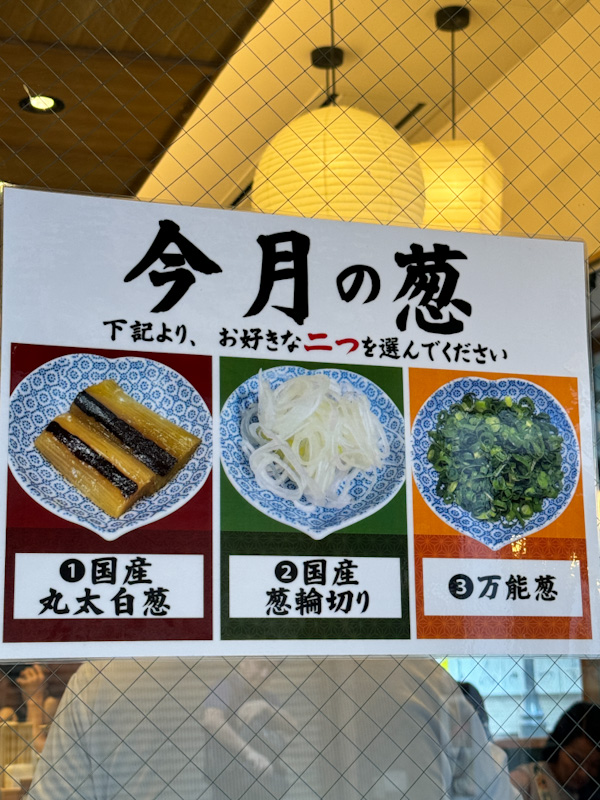

#10 A Less Common Specialty: Ramen Kamo to Negi | らーめん 鴨to葱
Kamo to Negi translates directly to Duck and Leek, which might ring a bell if you’ve played Pokémon (yes, Farfetch’d). But beyond that pop culture reference, this pairing goes deeper in Japanese culinary tradition. The saying “Kamo ga negi wo shotte kuru” refers to good fortune showing up when you least expect it—like a duck showing up already carrying the leek it’s best cooked with.
That idea of thoughtful pairing runs through everything at Ramen Kamo to Negi, one of Tokyo’s lesser-known ramen gems specializing in duck ramen. The space is clean and quiet, almost meditative, and the level of detail is insane—from specially filtered water for the stock to seasonal sourcing of domestic leeks that change every month.
The duck, sourced from across Kyoto, Aomori, and Saitama, is confit-style: tender, juicy, and full of umami. The broth is mellow but layered, highlighting the natural sweetness of duck fat without tipping into heaviness. The leeks add sharpness and aroma, and their seasonal variation gives returning fans something new to look forward to.
It’s not your usual tonkotsu or shoyu bowl—but for ramen lovers exploring beyond the basics, this one’s a quiet masterpiece.
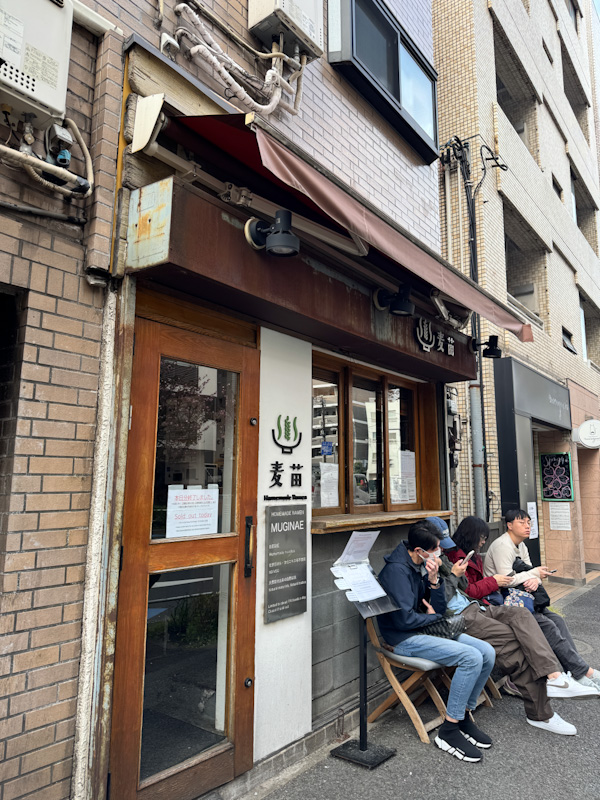
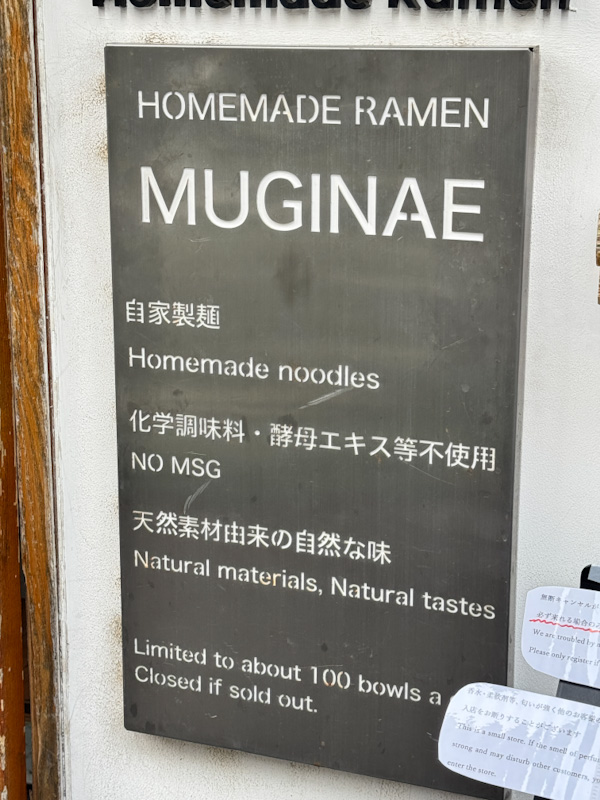
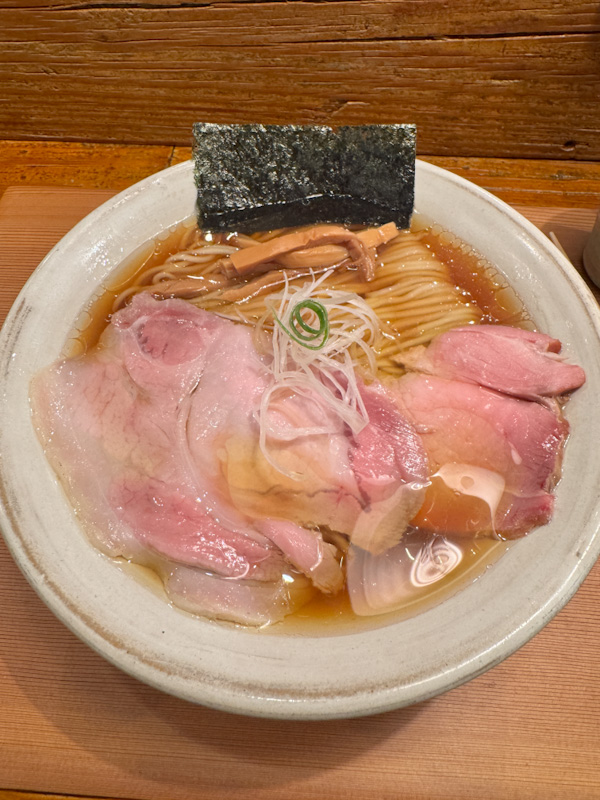
#9 A Modern Take on Classic Flavour: Homemade Ramen Muginae | 自家製麺 麦苗
Homemade Ramen Muginae isn’t just one of the best ramen shops in Tokyo—it’s a bit of a pilgrimage spot for noodle obsessives. Hidden near Omori Station, this unassuming ramen-ya has quietly built a cult following, earning a Michelin Bib Gourmand as early as 2016 and consistently ranking among the Top 100 ramen restaurants in Tokyo on Tabelog.
Their signature is a beautifully refined shoyu ramen—a modern upgrade of a Tokyo staple. The soup is deep, clean, and subtly complex without any MSG shortcuts. It feels light, yet every sip carries richness and clarity. Noodles are house-made, perfectly matched in texture and bite. Toppings are restrained but premium: think slow-cooked meats, crisp bamboo shoots, and delicate garnishes that never distract from the broth.
It’s a bowl that doesn’t scream for attention—but rewards quiet focus. A ramen made for slurping slowly and thoughtfully.
Tip: The reservation system here can be confusing for first-timers. Check the current queue or ticketing method before making your way down—especially if you’re short on time.
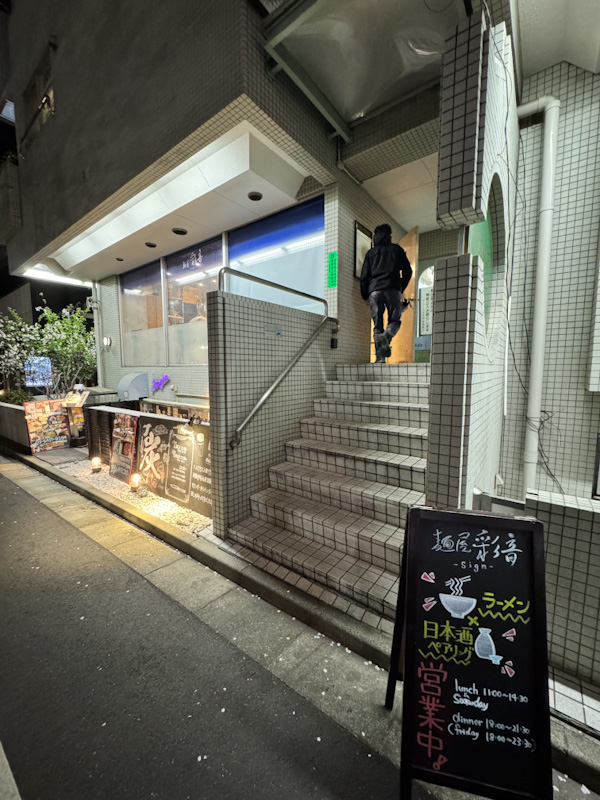
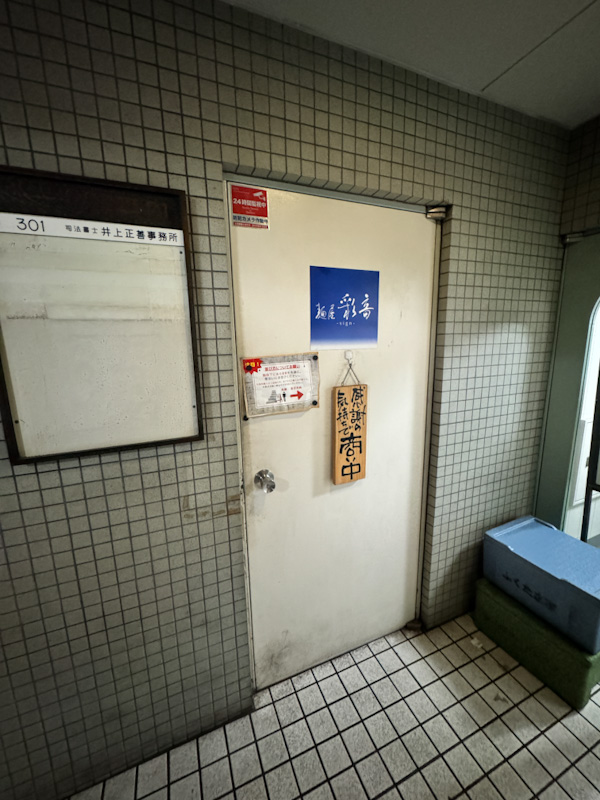
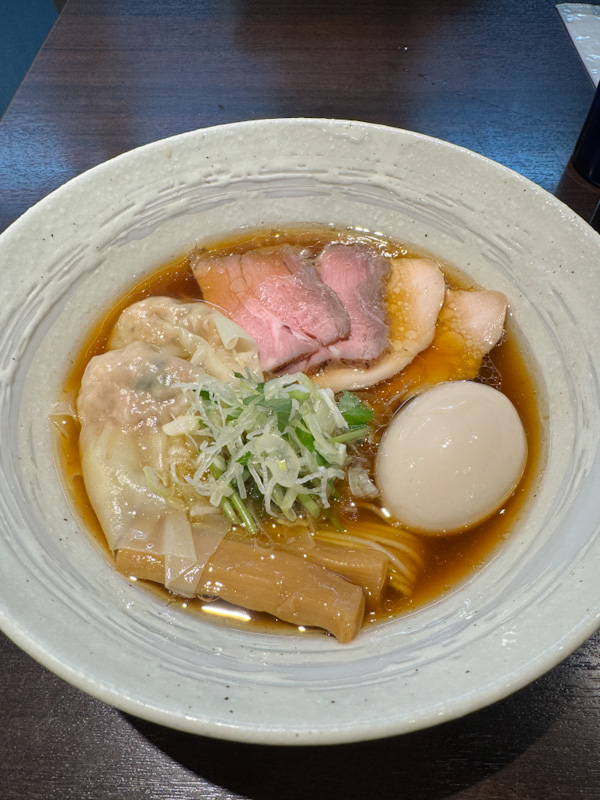
#8 The Cleanest Shoyu: Menya Sign | 麺屋 彩音
If Muginae’s shoyu ramen feels like a jazz record, Menya Sign in Gotanda is its refined acoustic remix. Also awarded a Michelin Bib Gourmand, this tiny shop near Gotanda Station offers a minimalist, elegant spin on traditional Tokyo-style ramen.
The broth is built on a clear chicken stock made from premium Daisen Dori and Nagoya Cochin, then layered with a custom blend of soy sauces from Gunma. The result? A broth that’s salty-sweet, slightly smoky, and feather-light on the palate—like sipping from a perfectly brewed dashi.
Noodles are thin, straight, and beautifully springy, supplied by the renowned Mikawaya Seimen. Toppings are precise: sous-vide chicken breast, lean pork loin, and the occasional seasonal twist. For those feeling indulgent, a sake pairing option adds another dimension to the experience.
Menya Sign doesn’t try to do too much—and that’s what makes it quietly brilliant. If you’re looking for refined ramen in Tokyo that balances tradition and technique, this one should be on your shortlist.
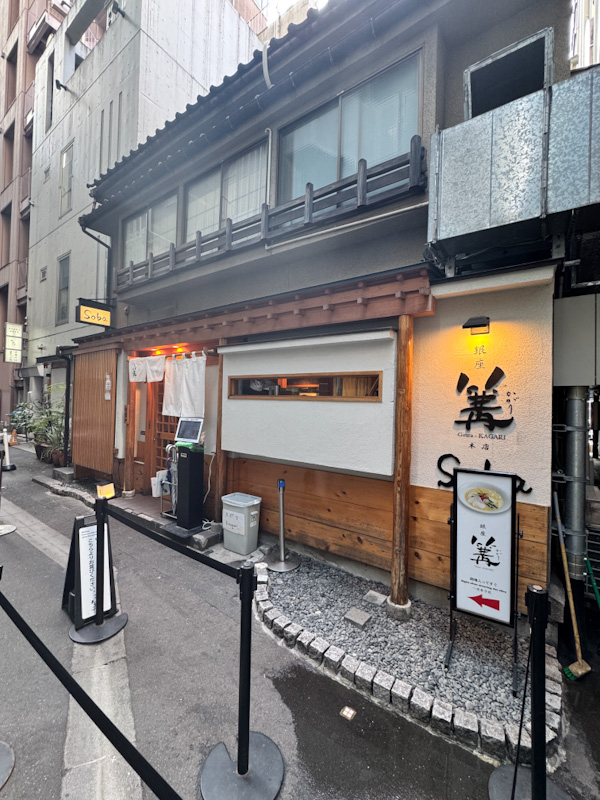
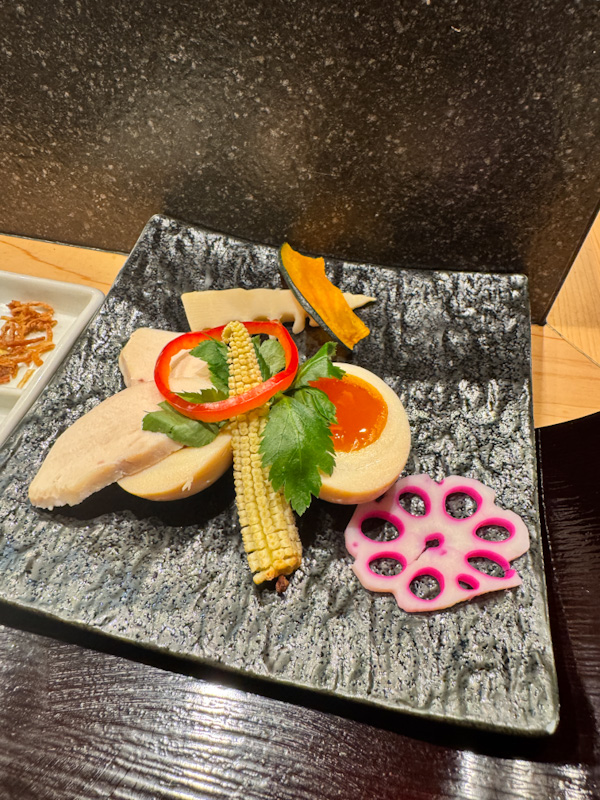
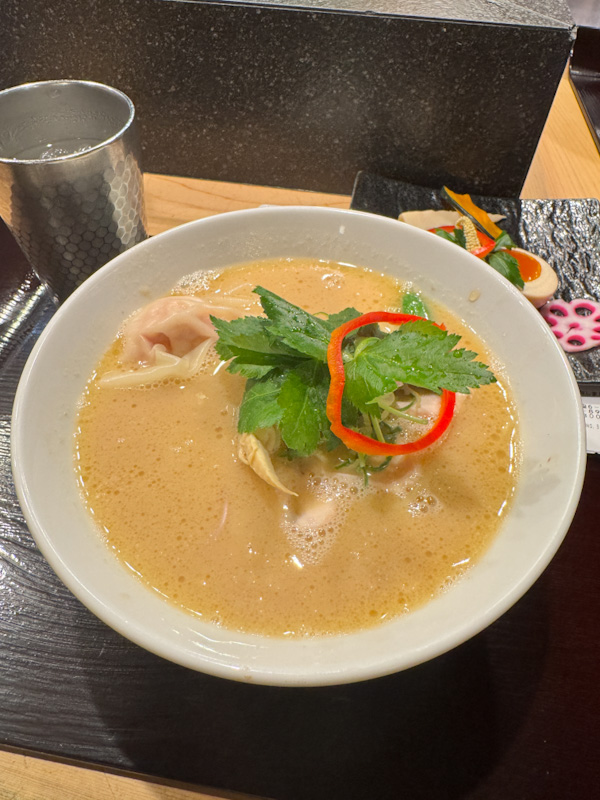
#7 Probably the Most Famous Paitan in Tokyo: Ginza Kagari | 銀座 篝
If you’re exploring the best ramen in Tokyo, sooner or later you’ll hear the name Ginza Kagari—and for good reason. Just a few steps from Ginza Station, this elegant little shop serves up a luxurious take on tori paitan (creamy chicken broth ramen) in a quiet, almost serene setting that feels more like a high-end omakase bar than a ramen joint.
The space is intimate, with fewer than ten counter seats, so expect a queue—especially during lunch. But trust me, it’s worth the wait. The soup is a silky, collagen-rich chicken broth with a creamy consistency, but unlike heavier tonkotsu styles, it still manages to taste clean and elegant. Every spoonful has depth, with just enough fat and salt to keep you chasing the next sip.
Toppings are beautifully plated: perfectly cooked chicken, soft-boiled egg, lightly grilled vegetables. Even the noodles are tuned to the broth—thin, straight, and slightly chewy, allowing them to soak up the soup without turning soggy.
Ginza Kagari delivers comfort food, but wrapped in precision. It’s familiar, yet quietly refined—one of those bowls that make you pause mid-meal just to appreciate how well it all comes together.
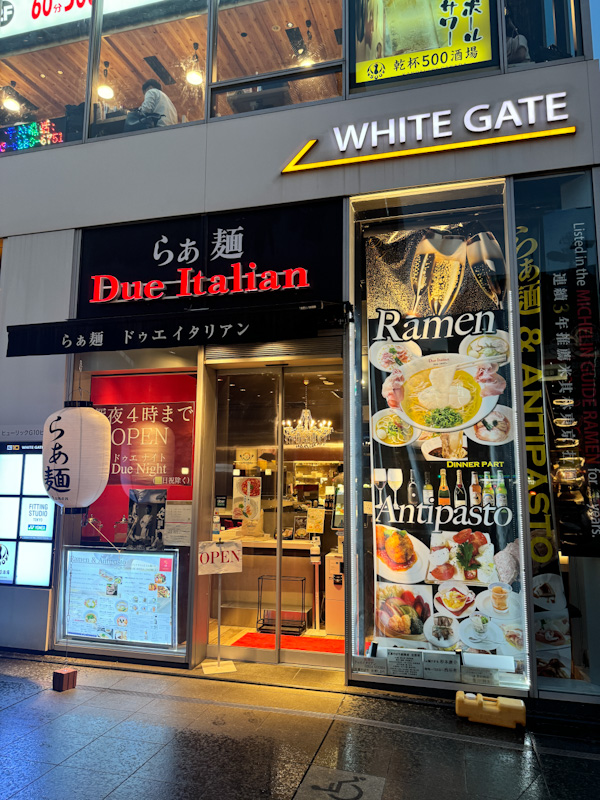
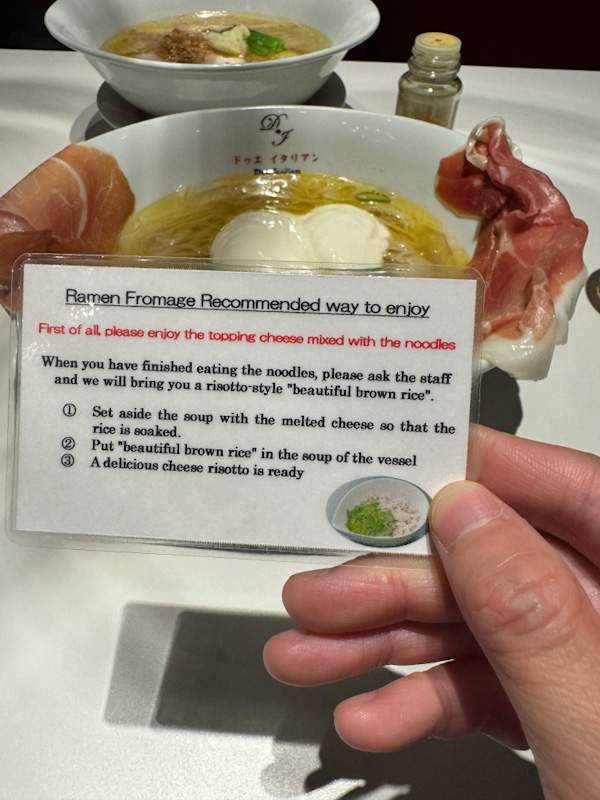
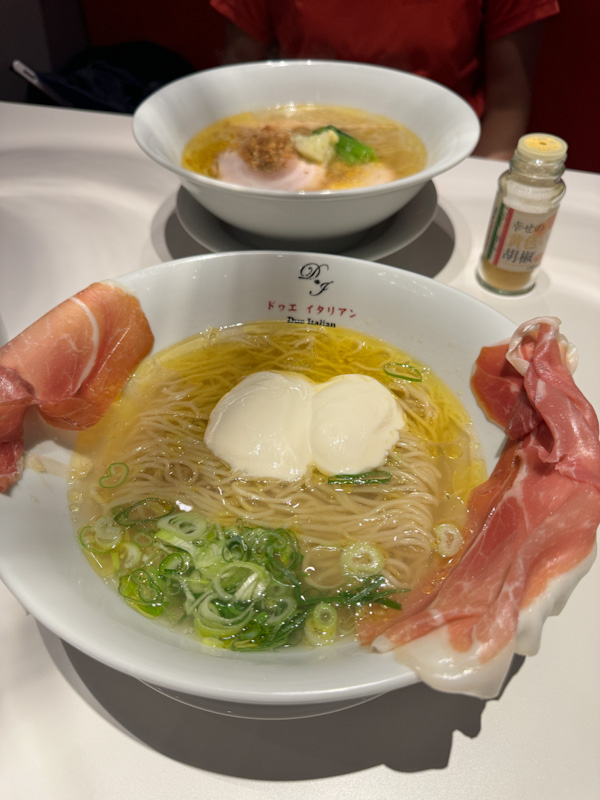
#6 Quietly Creative Fusion Ramen: Due Italian | ドゥエ イタリアン
You won’t find Due Italian on many first-timer ramen lists, but this shop has carved out its niche with a very particular offering: Ramen Fromage. Yes, cheese ramen. And no—it’s not a gimmick.
Here, Italian and Japanese influences meet in a creamy, savoury broth that’s part ramen, part pasta course. The base is light but umami-rich, and it transforms once the soft cheese melts in fully. What starts off gentle becomes bold and creamy—like carbonara’s cousin who studied abroad in Tokyo.
Instead of chashu, you get prosciutto, adding salty contrast to the mellow broth. The final touch? A scoop of rice for a risotto-style finish—something you’d never expect, but that makes perfect sense by the end.
This isn’t a bowl for purists. But if you’re looking for unique ramen in Tokyo that pushes the boundary between East and West, Due Italian nails it without losing balance. It’s fun, thoughtful, and most importantly—delicious.
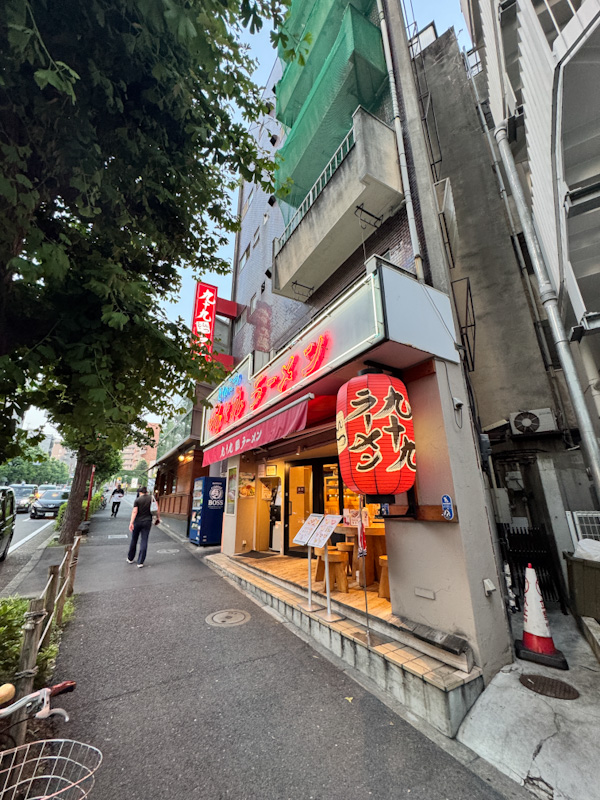
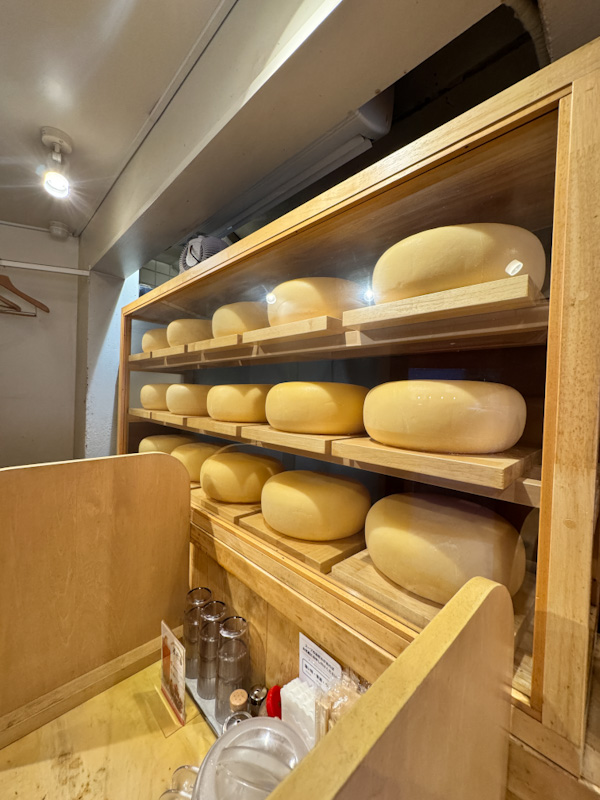
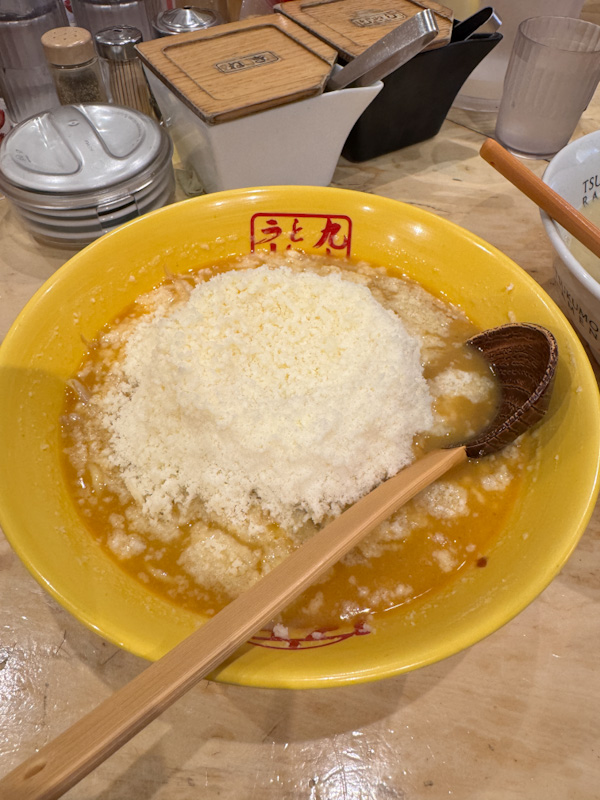
#5 For the Cheese Lovers: Tsukumo Ramen | 九十九ラーメン
Now if you’re thinking, “Okay, but I want a cheese ramen that doesn’t hold back”—Tsukumo Ramen is your answer. Located in Ebisu, this place takes cheese ramen to full throttle with a towering heap of Hokkaido Gouda melted over a rich tonkotsu base. No subtlety here—just bold, creamy, unapologetic indulgence.
The broth is a deep, flavourful punch that clings to every strand of their surprisingly well-crafted noodles. It’s intense, but not sloppy. And when the cheese starts melting into the soup? Pure molten umami.
Toppings are fairly minimal by default, so if you want more variety or texture, definitely go for the add-ons—especially the ajitama and extra chashu. This isn’t an everyday ramen, but it’s a damn satisfying one when the craving hits.
Great for rainy nights, cold weather, or anytime you’re in the mood to fully commit to dairy. It’s over-the-top in all the right ways.
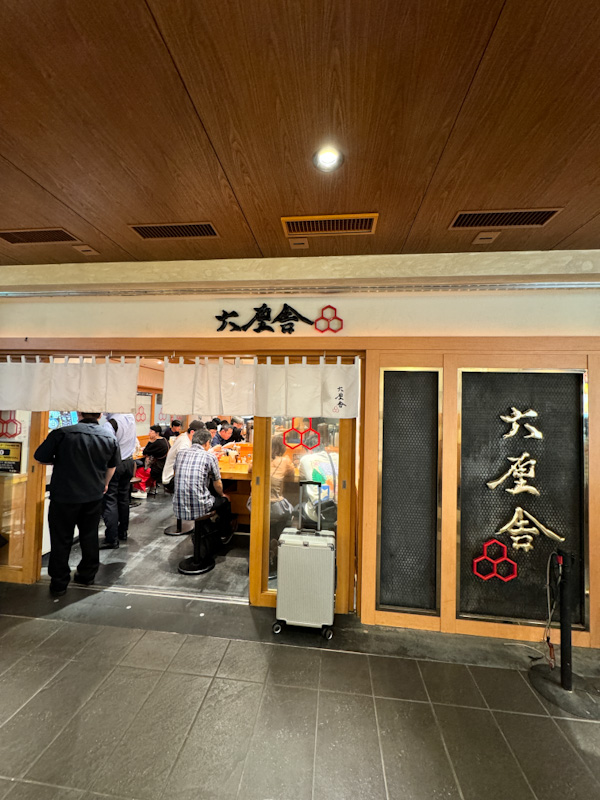
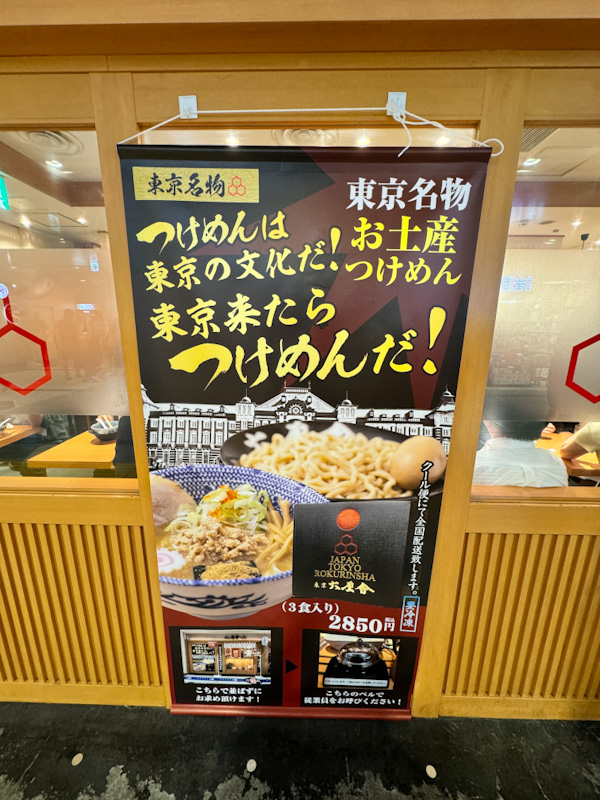
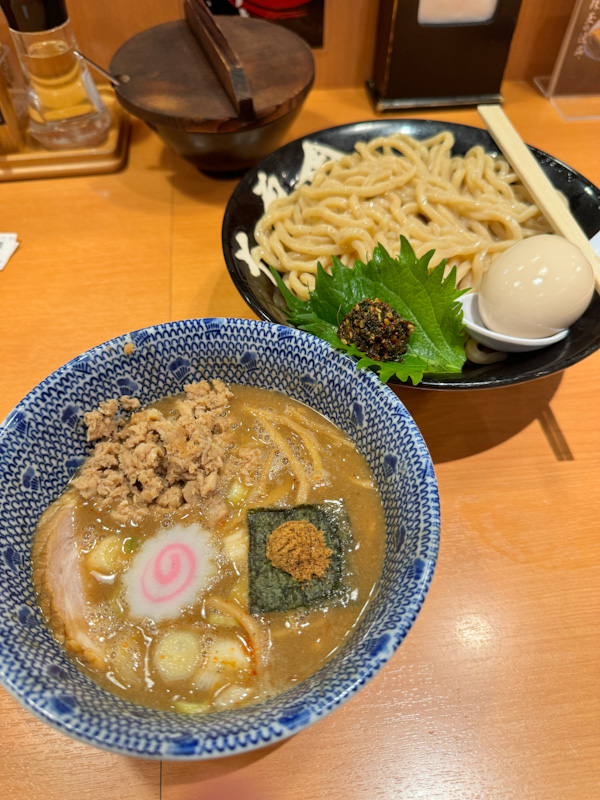
#4 Tokyo’s Salarymen Favourite Tsukemen: Rokurinsha | 六厘舎
If Tokyo Station is part of your travel route (and it probably is), then Rokurinsha is just a few floors beneath your feet—hidden in the basement-level Tokyo Ramen Street. But don’t let the location fool you. This isn’t tourist bait. It’s a legendary tsukemen shop that still draws local salarymen by the dozens during lunch hour.
What makes Rokurinsha’s bowl special is its balance. The noodles are thick, chewy, and perfectly cold-rinsed to give you that satisfying snap. The dipping broth? A rich, fish-and-pork combo that’s deeply savoury, slightly smoky, and just thick enough to cling without overwhelming.
Each component is classic, but done with care: the chashu is tender and fatty, the menma (bamboo shoots) have great bite, and the finely chopped negi brightens everything up.
It’s a textbook tsukemen that somehow still feels fresh every time. If you’re looking for the best tsukemen in Tokyo, Rokurinsha is a rite of passage—and still one of the most consistent bowls in the city.
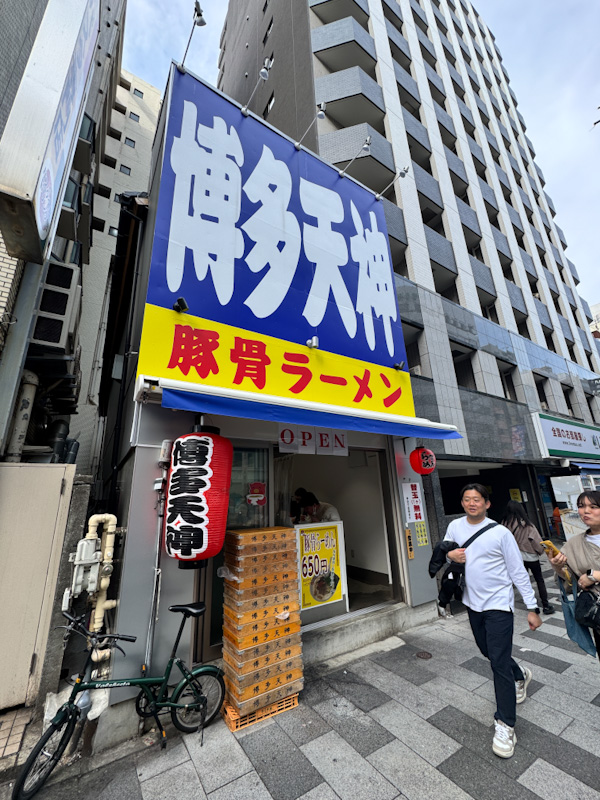
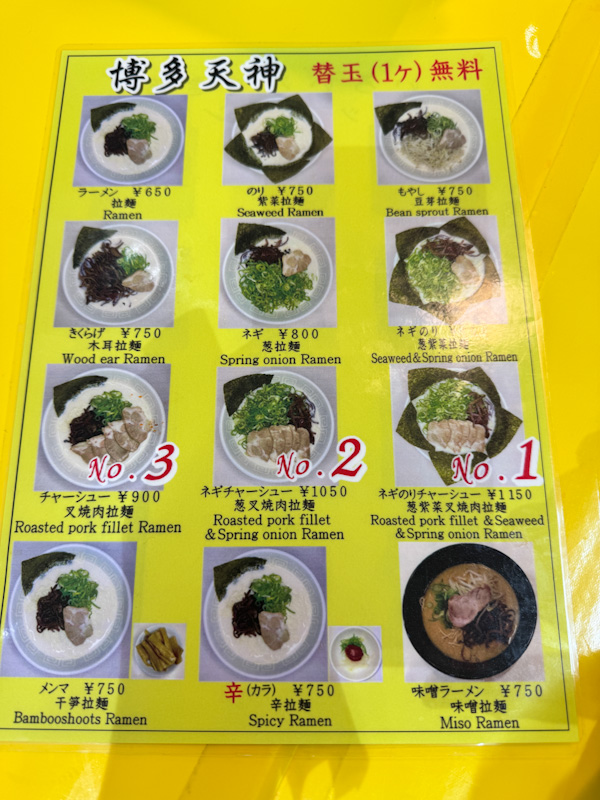
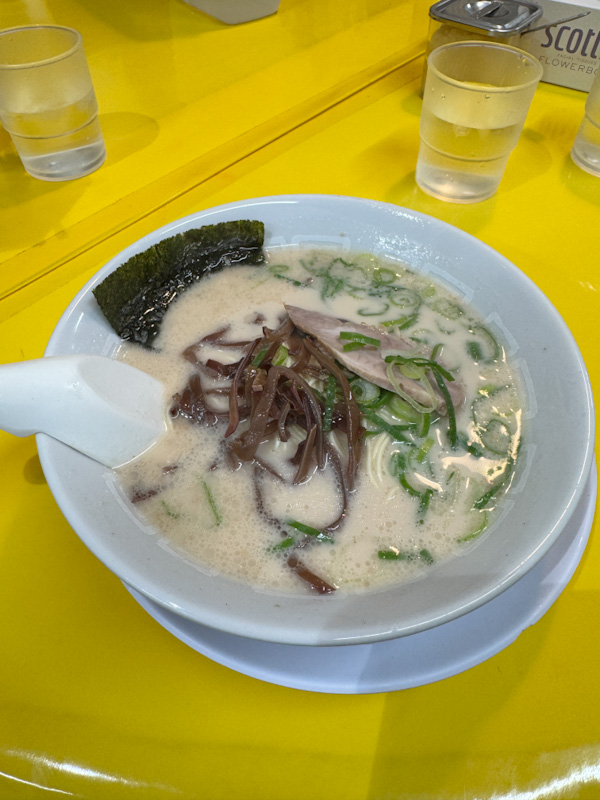
#3 Affordable Daily Favourite: Hakata Tenjin | 博多天神
No Tokyo ramen guide would be complete without at least one tonkotsu ramen that delivers on flavour without draining your wallet. Enter Hakata Tenjin—a no-frills Hakata-style ramen shop that does exactly what it needs to, for just ¥650 a bowl.
It’s the kind of place where locals inhale a ramen-and-fried-rice set in under ten minutes, then head straight back to the office. The space is tight, the turnover is fast, and the vibe is gloriously chaotic. But if you can handle the pressure (and noise), you’ll be rewarded with a bowl that’s far better than it has any right to be at this price.
The broth is everything you’d expect from a solid tonkotsu—creamy, collagen-rich, with just enough pork funk to remind you it’s legit. The noodles are thin, firm, and built for speed. Kaedama (free noodle refills) mean you can stretch your meal a little longer, if you can keep up with the pace.
Toppings are basic—green onions, kikurage, slices of pork—but they’re fresh and well-portioned. This is not a destination shop, but it’s a local ramen experience in Tokyo that feels authentic and grounded. Perfect for when you want a fast, filling bowl that hits all the right notes.
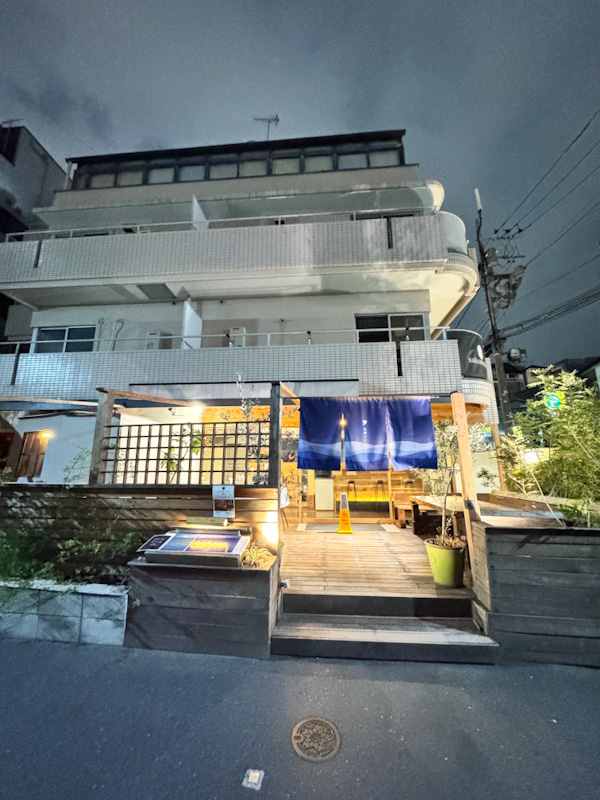
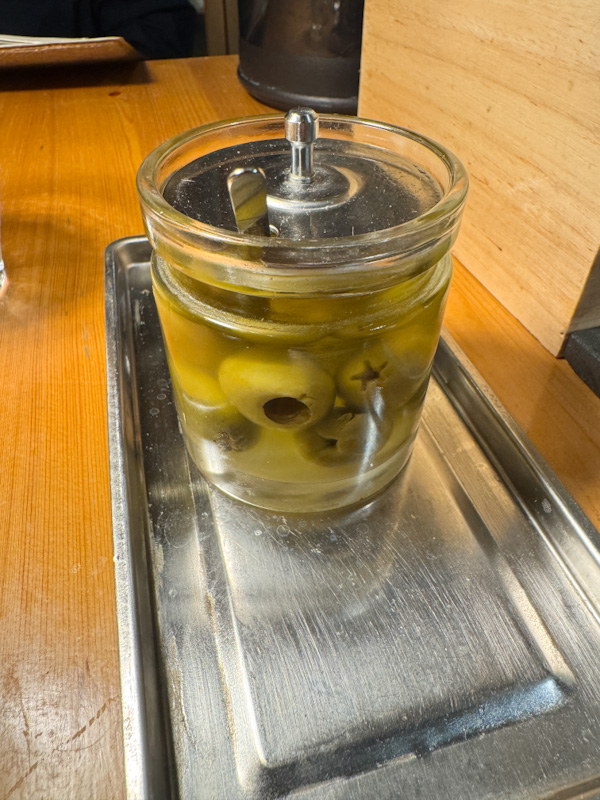
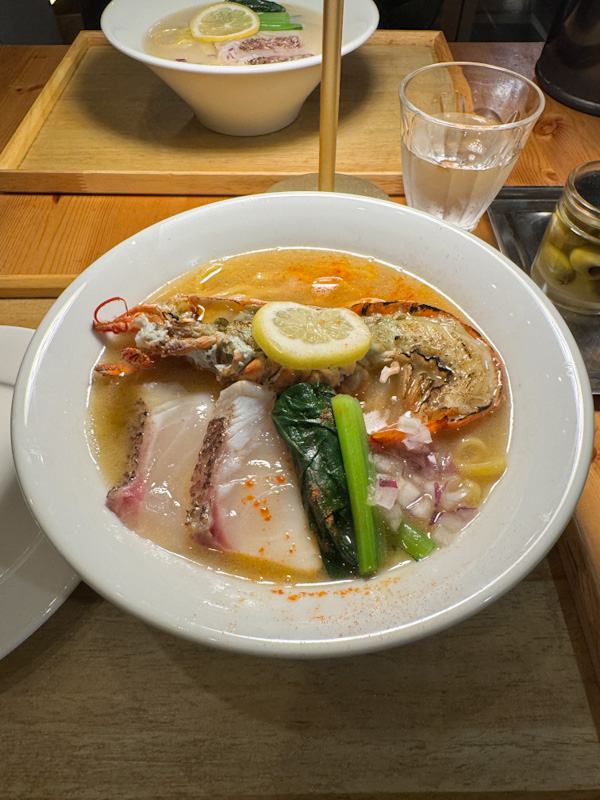
#2 How the Ocean Could Taste Like: Ramen Machikado | まちかど
Tucked into a quiet street in Ebisu, Ramen Machikado offers something you rarely find in Tokyo’s ramen scene—Madai ramen made from red sea bream. If you love seafood and want a break from the usual pork or chicken broths, this is where things get interesting.
The vibe inside is understated, almost meditative. But the bowl? It’s quietly spectacular. The base broth is light but layered, with a gentle sweetness and mineral edge that only comes from fresh fish. It’s then deepened with lobster innards, giving it this briny richness that creeps up slowly. One moment it’s delicate, the next it’s deep and umami-packed.
The raw madai sashimi served atop the ramen is a moment in itself—meant to be lightly poached in the broth until it turns opaque and flaky. Olive oil and lemon zest cut through the richness, while bursts of sansho give occasional peppery shocks.
It’s a ramen that evolves with every bite. Thoughtful, surprising, and unlike anything else on this list. If you’re exploring seafood ramen in Tokyo, this one’s a standout.
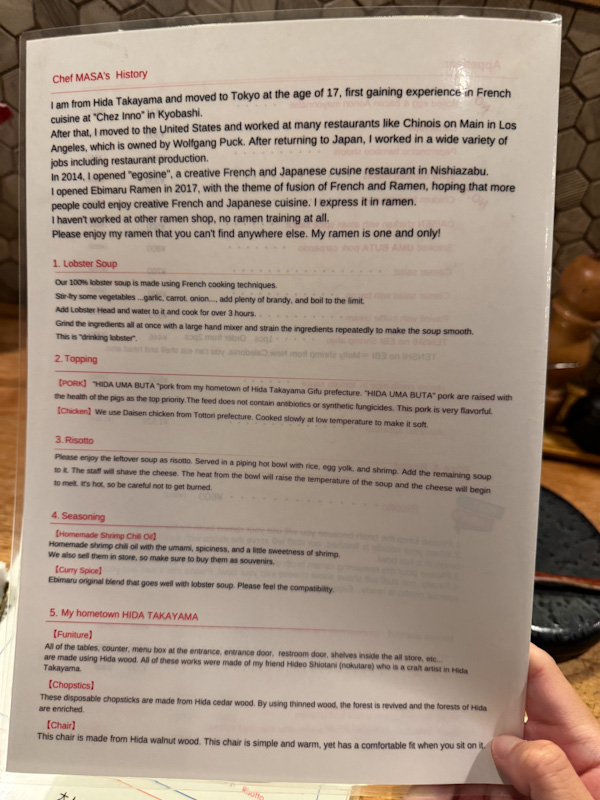
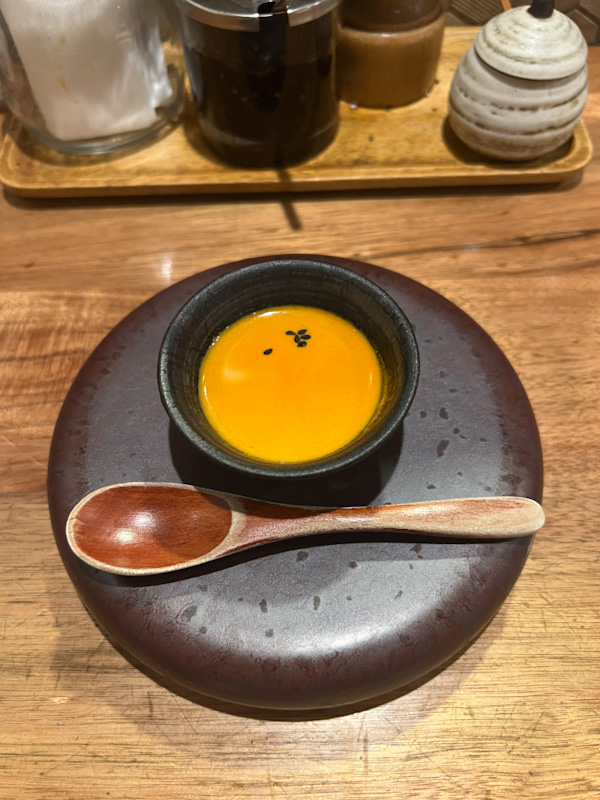
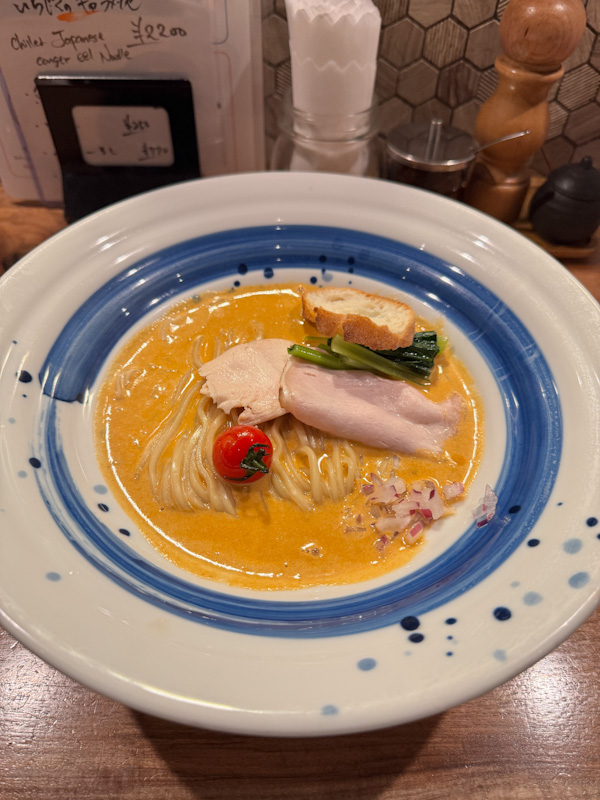
#1 Indulgent and Luxurious: Ebimaru Ramen | 海老丸らーめん
Tucked away in Jimbocho, Ebimaru Ramen flips the entire ramen rulebook—and replaces it with a lobster bisque. This is one of those bowls you eat, pause, and wonder how it’s even considered ramen. And yet, it works—beautifully.
Forget pork bones or chicken fat. The base here is 100% crustacean: sweet, savoury, buttery lobster essence simmered into a creamy, elegant broth that wouldn’t feel out of place in a French bistro. The first sip is briny and bold, but smooth. The second? It coats your mouth with this buttery richness and lingers like a well-made stew.
Thick, bouncy noodles hold up against the density of the broth, and the toppings are clearly chosen to support, not distract. A dash of tomato confit, a soft-boiled egg, and carefully layered aromatics all help draw out different parts of the soup. And for an added flourish, they offer an amuse-bouche before the main bowl—because why not?
At just around ¥1,200, this is luxury ramen without the luxury markup. If you’re looking for something unique and indulgent in Tokyo’s ramen scene, Ebimaru is the one to beat. It’s so good, we ate it twice in a single week—and would’ve gone back again if we had one more day.
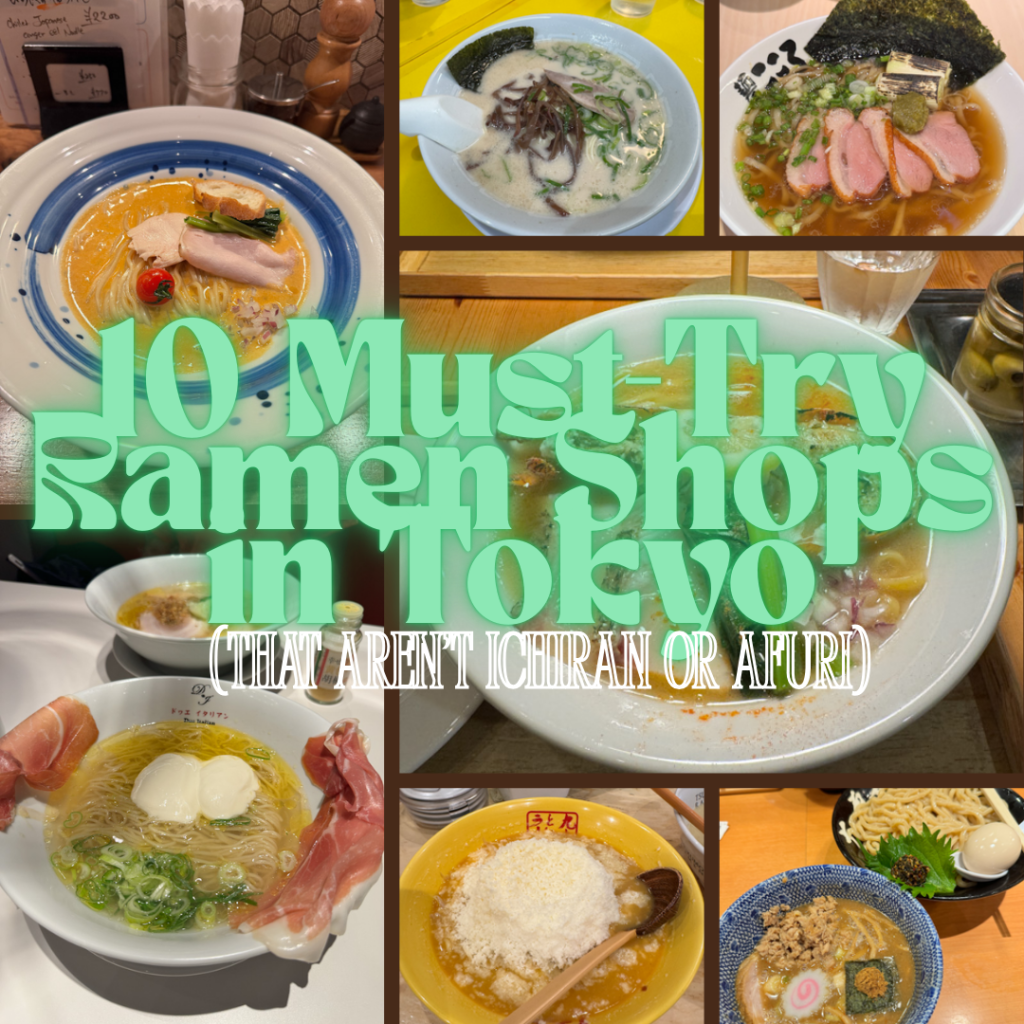
Final Slurp
Tokyo’s ramen scene is endlessly deep—and this list barely scratches the surface. But whether you’re into clean shoyu, creamy paitan, bold tsukemen, or seafood-rich bowls that blur the line between soup and fine dining, there’s something here that goes beyond the usual tourist picks. Skip the chains, follow your nose, and don’t be afraid to get lost down a random alley—you might just find your next favourite bowl.
If you’ve slurped through any of these or have a hidden ramen gem to recommend, drop me a comment or DM on Instagram. Always happy to trade noodle notes.
Until the next bowl,
Ah Boy Like Ramen 🍜

